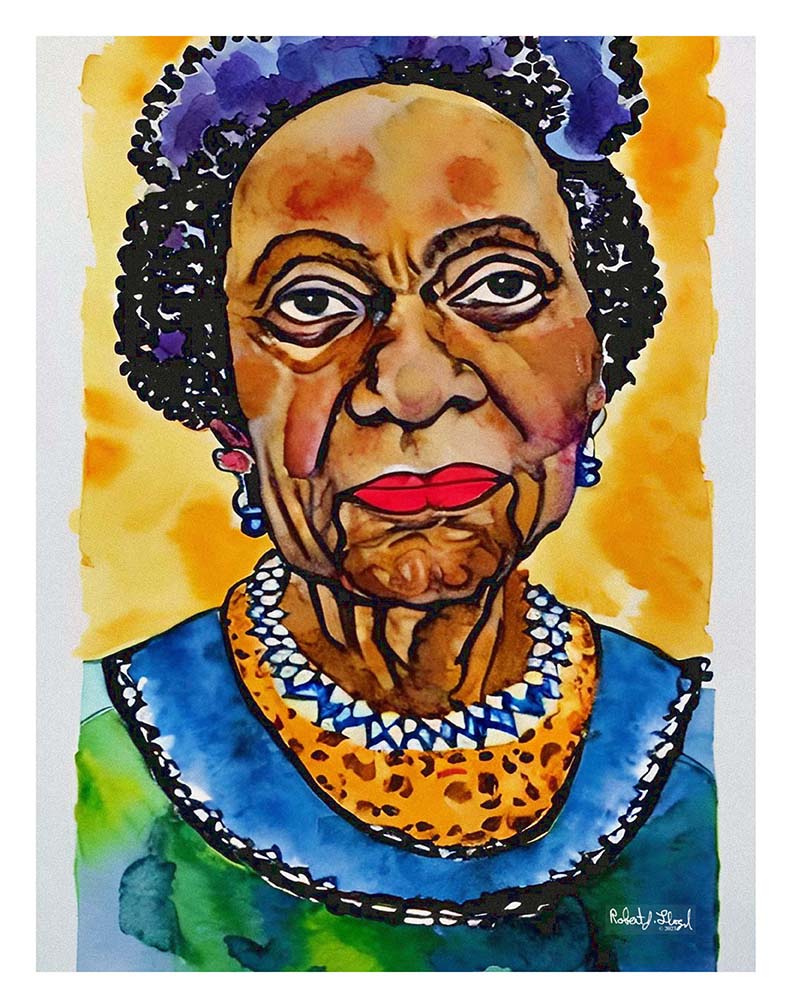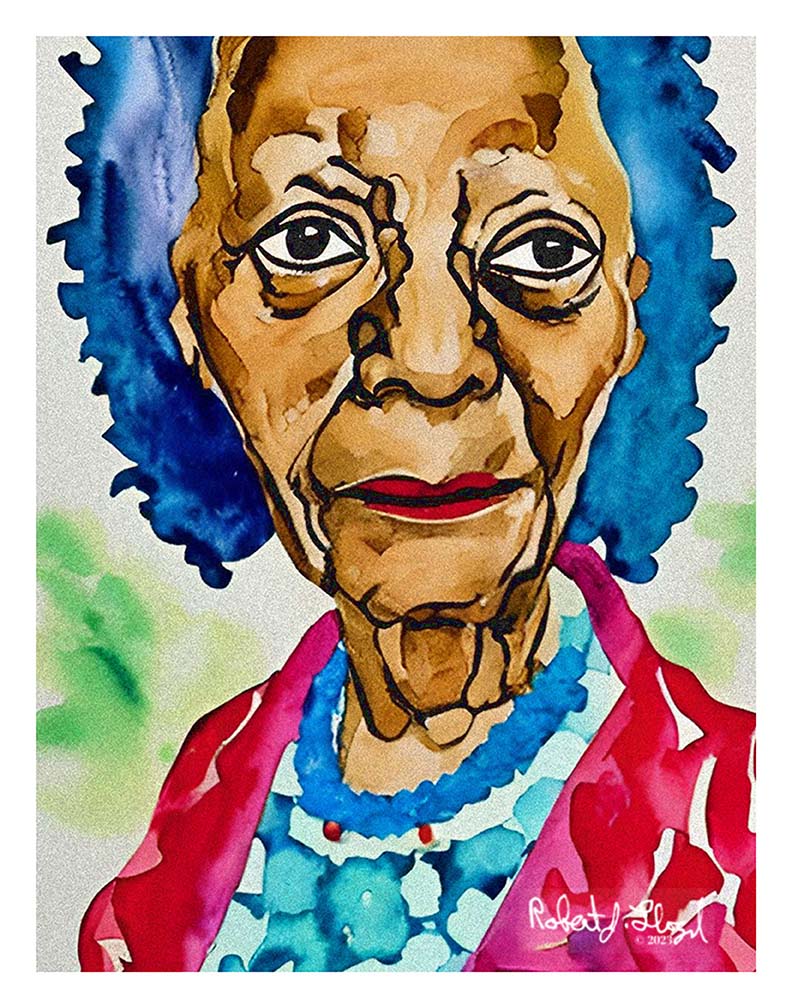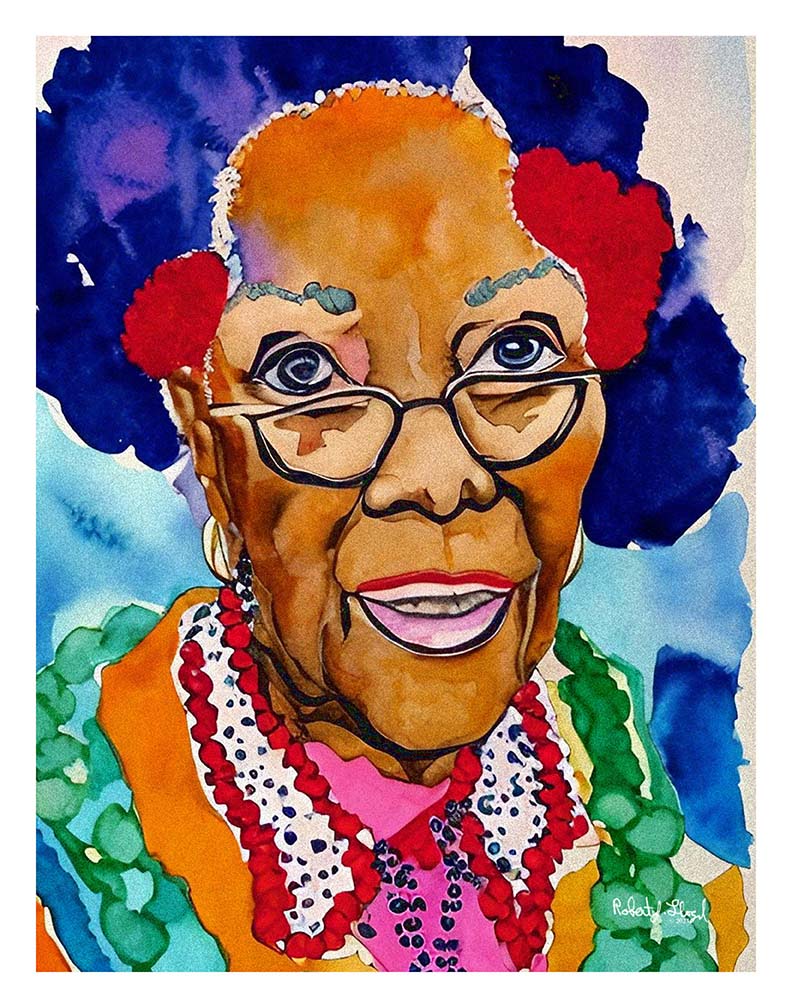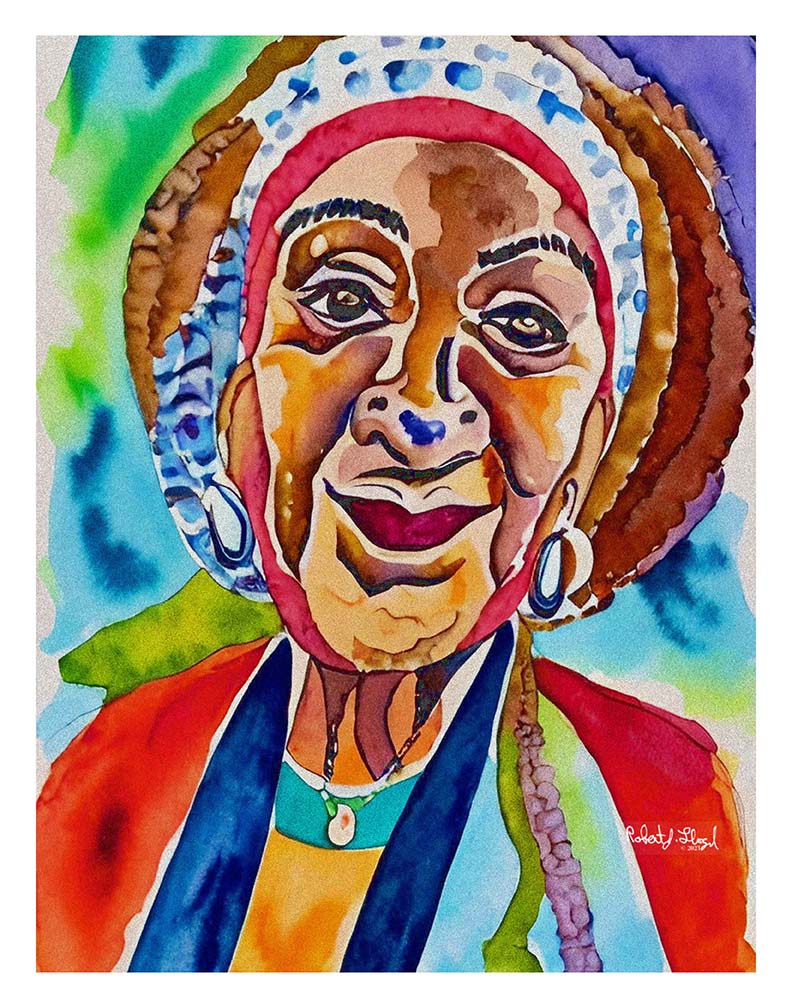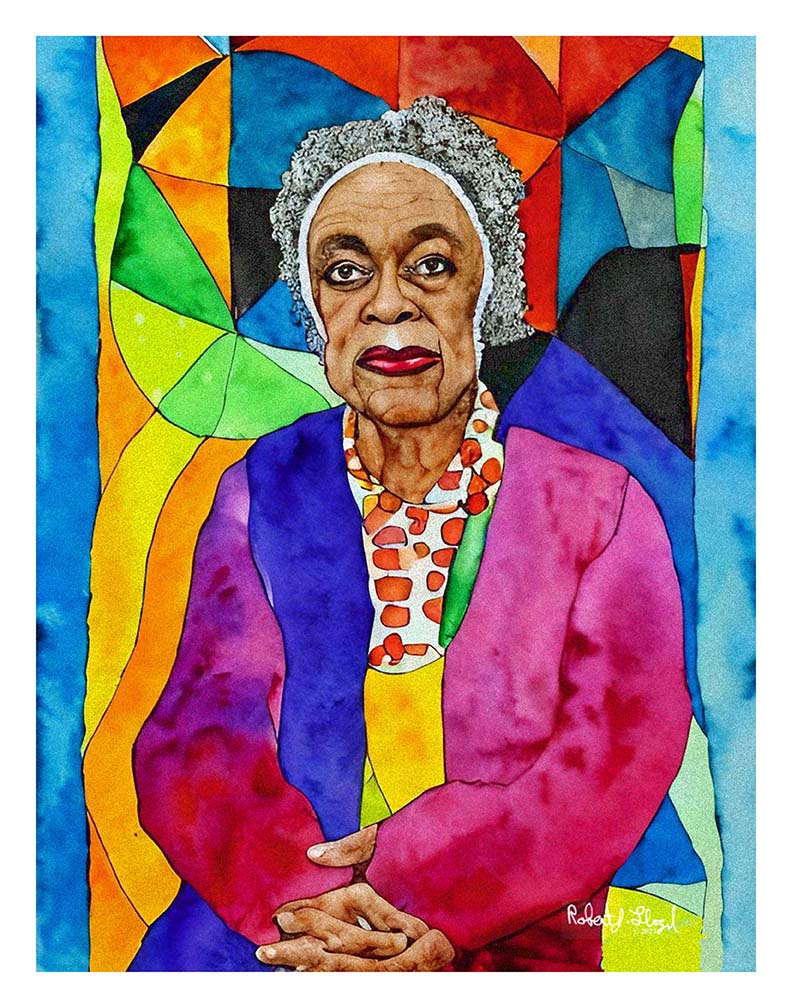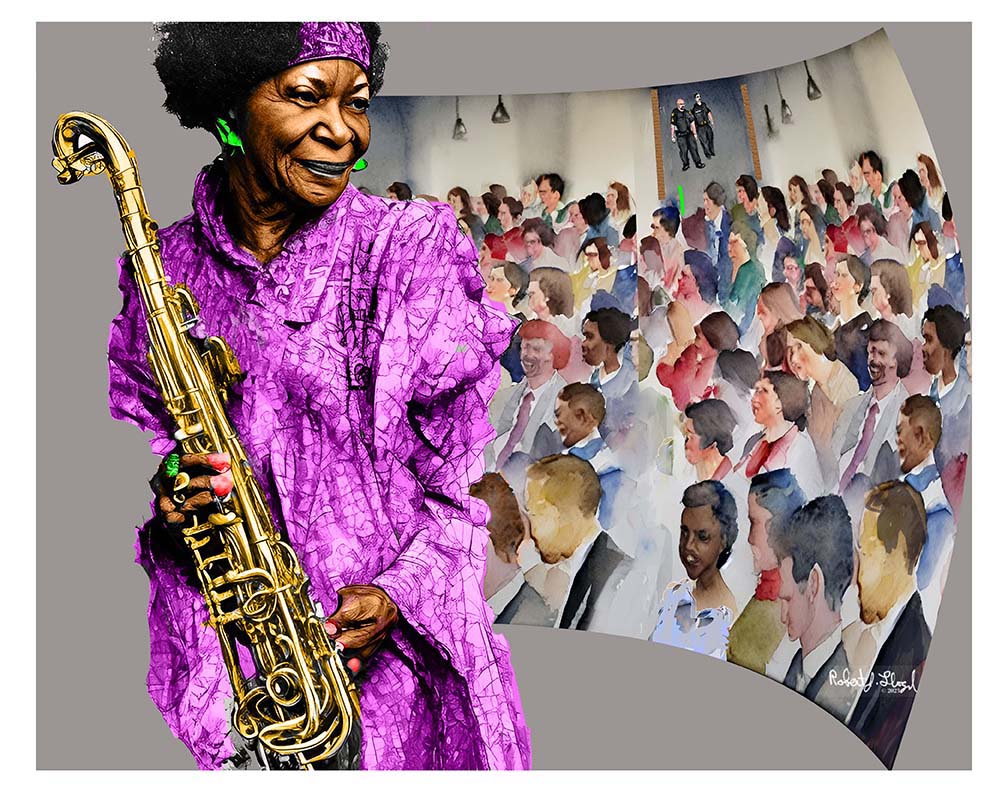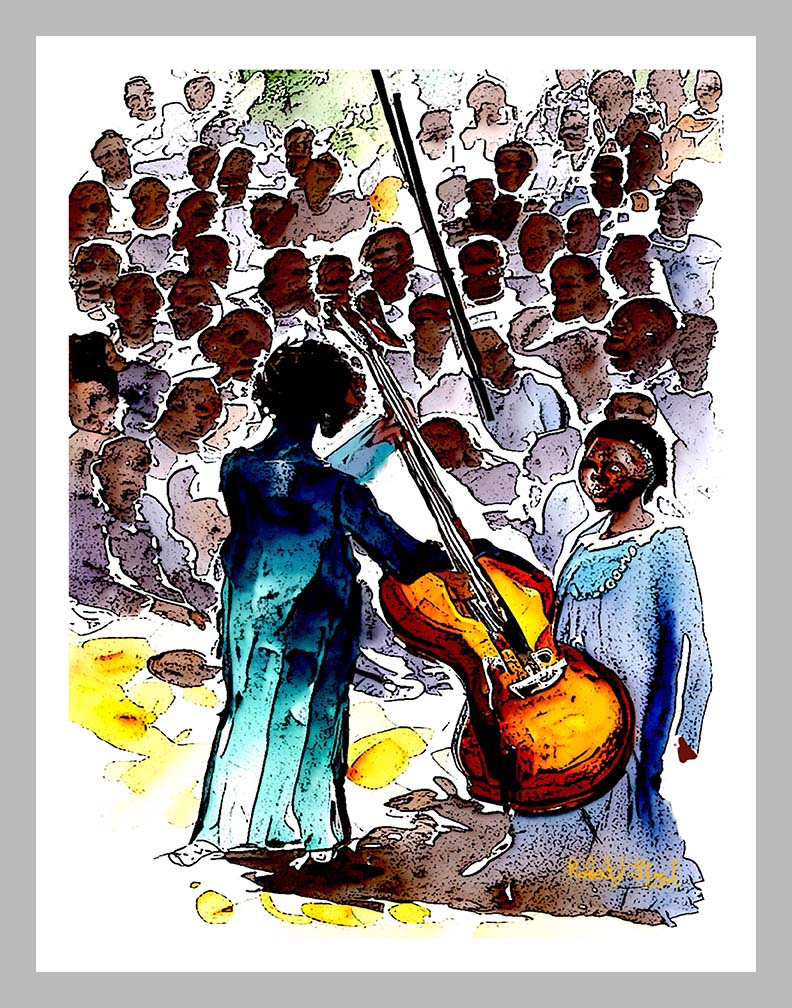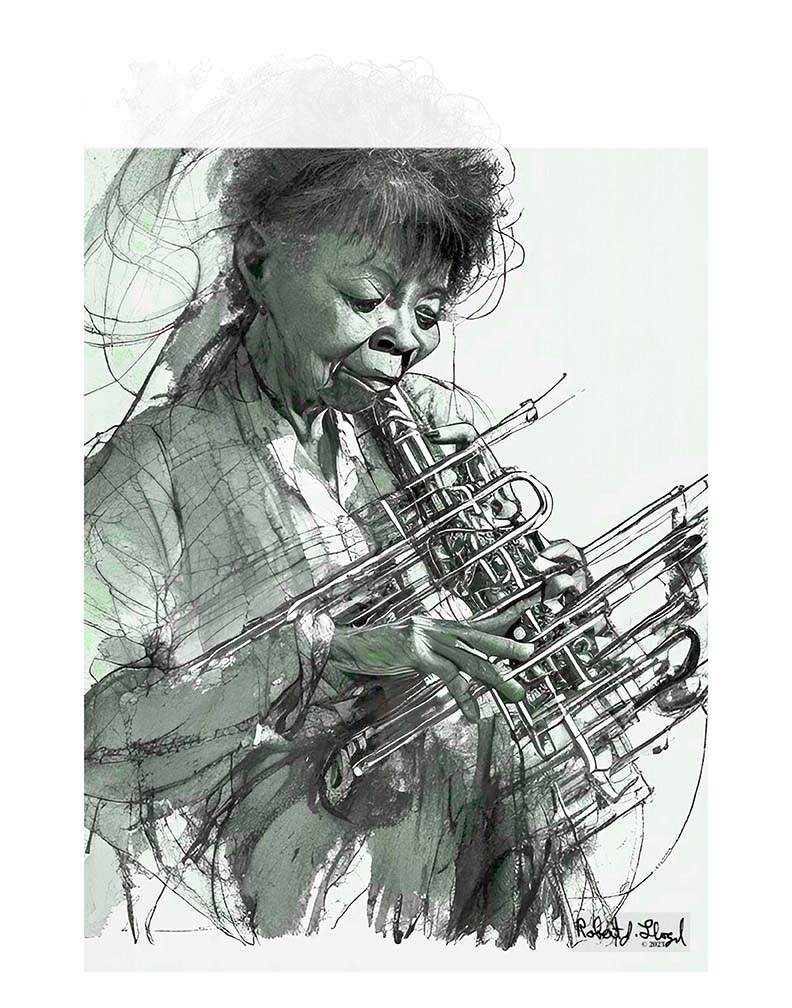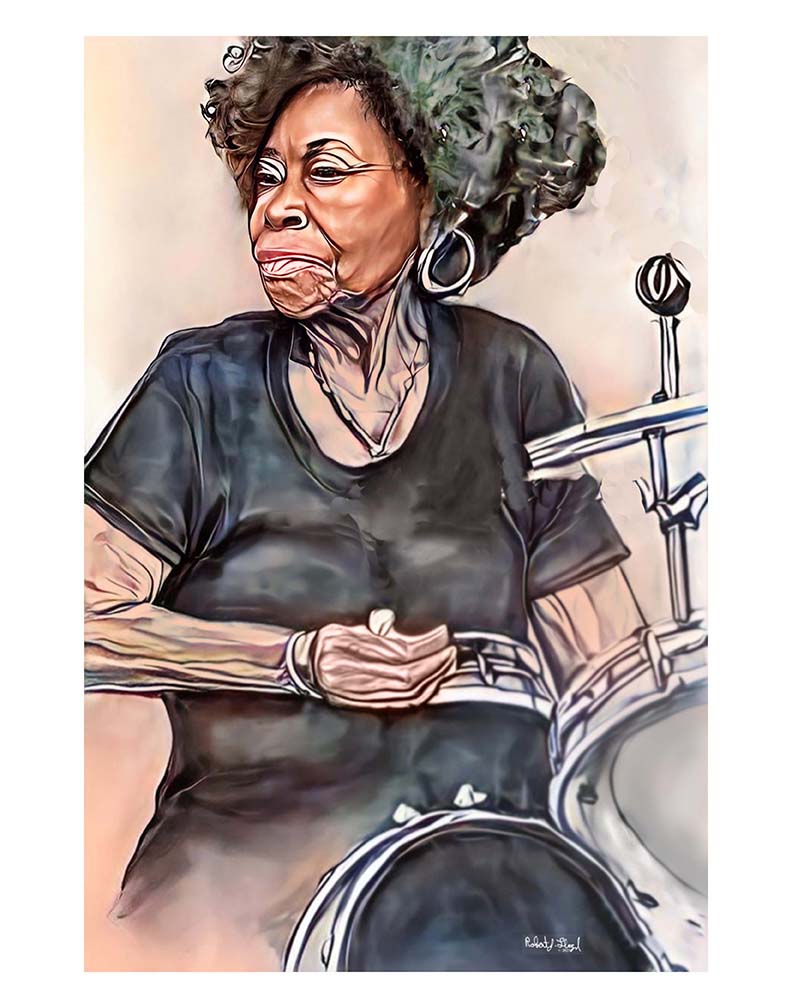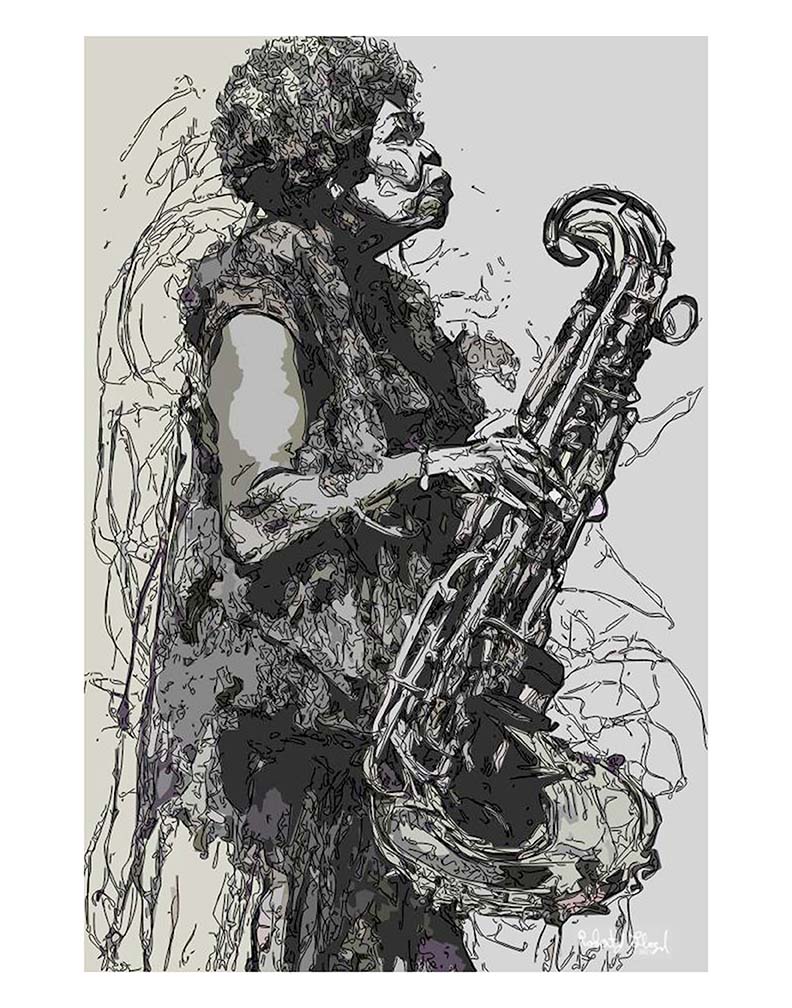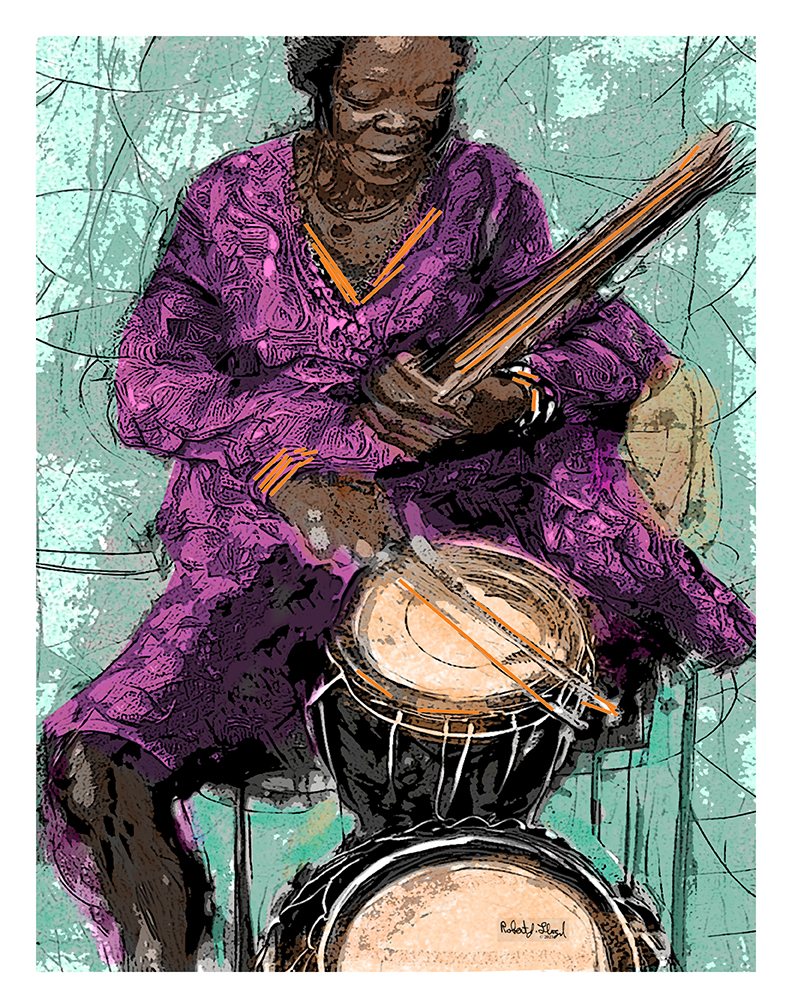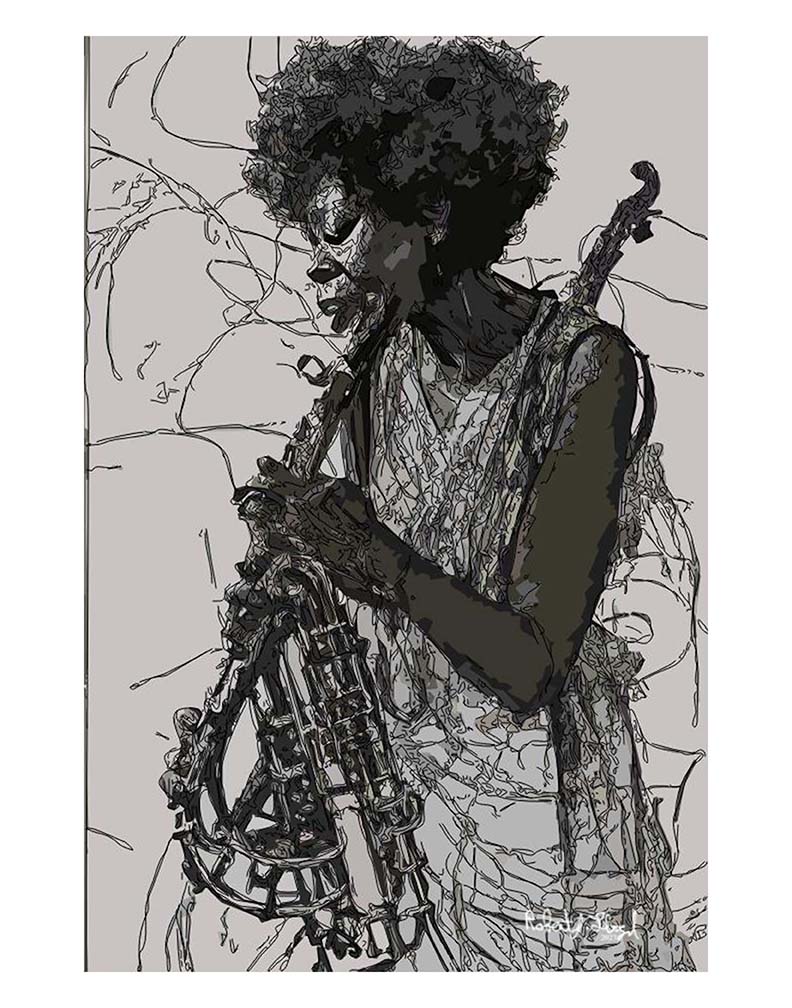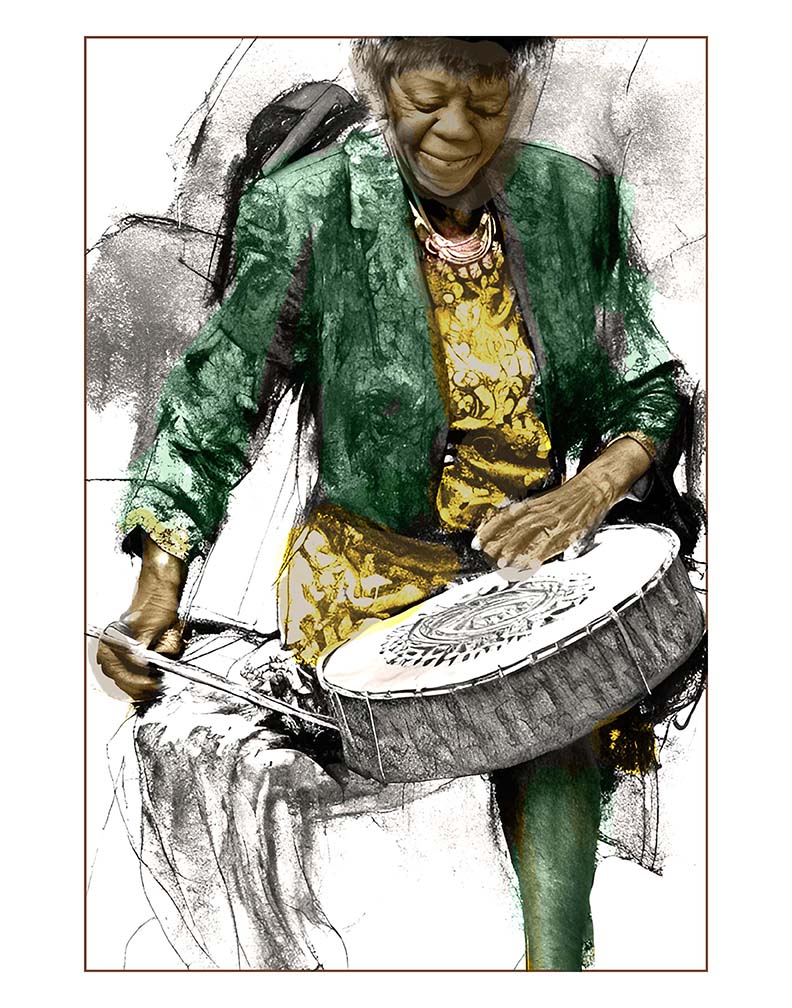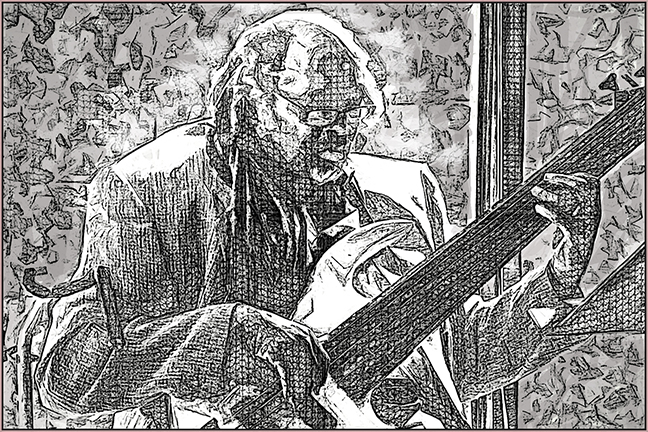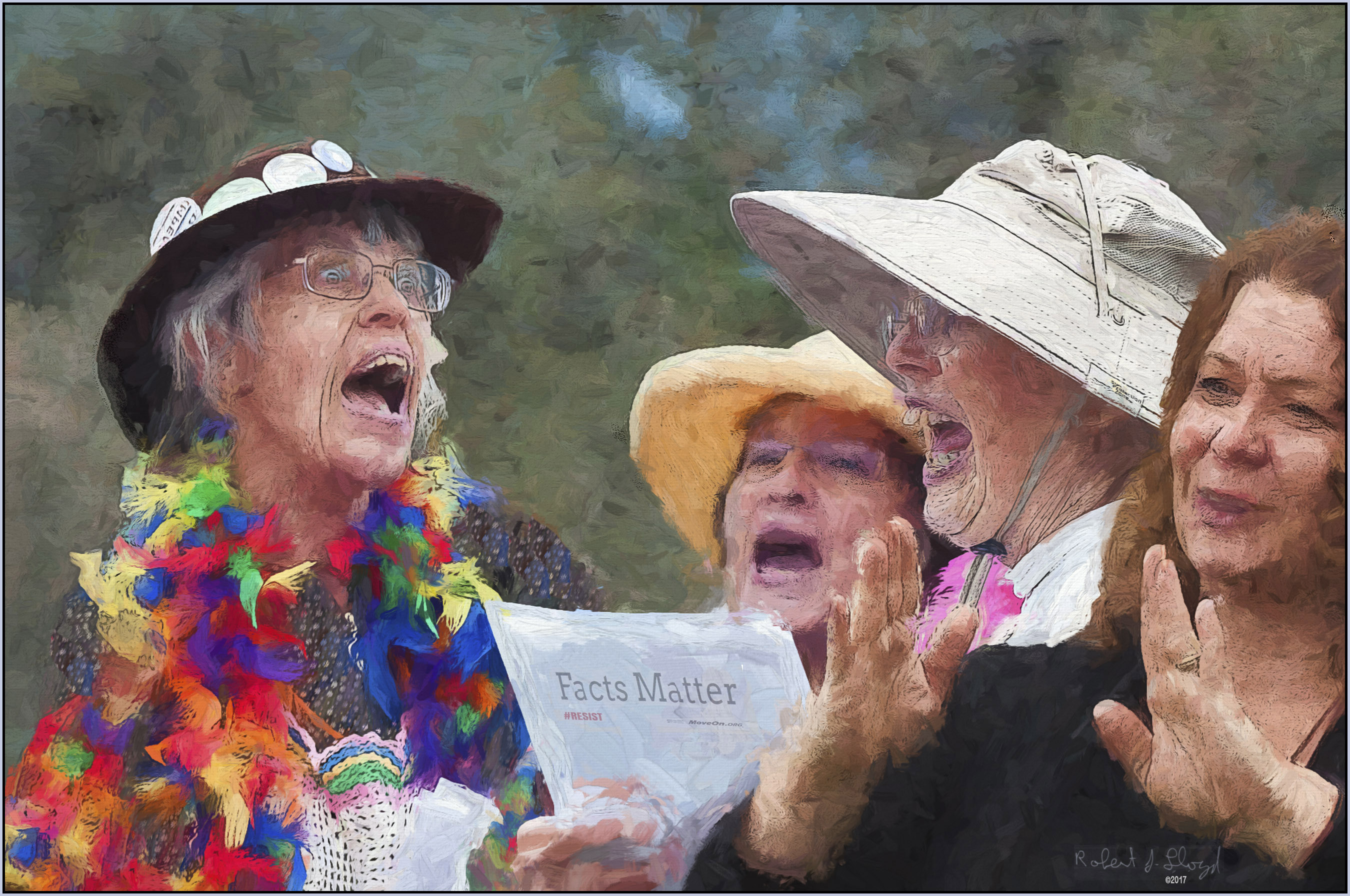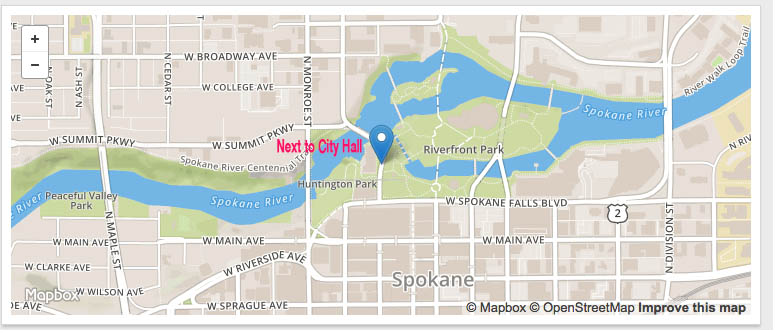The Good Old Days! What the F@%#! are the MAGA folks thinking? Make America Great Again?
The phrase “the good old days” typically refers to a nostalgic longing for a past time that individuals perceive as better or simpler than the present. However, the meaning and implications of this phrase can vary significantly depending on the context and the speaker’s perspective: personal memories, cultural context, privilege and exclusion, selective memory, dissatisfaction with modernity. The Good Old Days
timeline: the Last 100 Years
To compare the last century, let’s break this down into key categories: cost of living, wages, population, culture (movies, slang, toys, hairstyles, clothing), and the experiences of marginalized groups highlighting changes over time and providing context for marginalized communities where relevant.
1. Cost of Living and Housing
- 1925: The average cost of a home in the U.S. was around $6,000. Rent was about $20–$60 per month, depending on location. The cost of living was significantly lower, but wages were also much smaller [1].
- 2025: The median home price in the U.S. is now over $400,000, with rent averaging $1,700 per month. Housing costs have skyrocketed, making homeownership increasingly difficult for younger generations.
Marginalized Communities:
In 1925, Black Americans and other marginalized groups faced systemic barriers to homeownership due to redlining and discriminatory lending practices. These inequities persist today, with racial wealth gaps making it harder for marginalized groups to afford homes.
2. Minimum Wage and Wages
- 1925: There was no federal minimum wage in the U.S. until 1938, when it was set at $0.25/hour. Many workers, especially women and minorities, earned far less in informal or agricultural jobs.
- 2025: The federal minimum wage is $7.25/hour, though many states have higher rates. However, adjusted for inflation, wages have stagnated since the 1970s, meaning purchasing power has barely increased.
Marginalized Communities:
Historically, women, immigrants, and Black workers were often excluded from wage protections. Today, these groups are still overrepresented in low-wage industries, such as service and caregiving jobs, where wage growth has been slow.
3. World Population
- 1925: The global population was approximately 2 billion.
- 2025: The world population is now over 8 billion, with significant growth in Asia and Africa.
Marginalized Communities:
Population growth has brought challenges like resource scarcity and climate change, which disproportionately affect marginalized communities in developing nations.
4. Movies and Entertainment
- 1925: Silent films dominated, with stars like Charlie Chaplin and Clara Bow. A movie ticket cost $0.25–$0.50. Popular films included The Gold Rush (1925).
- 2025: Movie tickets now average $10–$15. Streaming services dominate entertainment, but blockbuster films like Avatar: The Way of Water (2022) still draw crowds.
Marginalized Communities:
In 1925, Hollywood largely excluded Black actors and other minorities, relegating them to stereotypical roles. Today, representation has improved, but disparities remain in opportunities and pay.
5. Toys and Games
- 1925: Popular toys included teddy bears, yo-yos, and tin soldiers. These were simple and often handmade.
- 2025: Toys are now high-tech, with video games, drones, and AI-powered gadgets dominating the market.
Marginalized Communities:
In the 1920s, toys often reflected societal norms, with few options representing diverse cultures. Today, there’s a growing push for inclusive toys, such as dolls with different skin tones and abilities.
6. Slang Terms
- 1925: Popular slang included terms like “bee’s knees” (something great) and “cat’s pajamas” (something stylish).
- 2025: Modern slang is heavily influenced by internet culture, with terms like “slay” (to succeed) and “vibe” (a mood or feeling).
Marginalized Communities:
Slang has often originated in marginalized communities, particularly Black and LGBTQ+ cultures, before being adopted by mainstream society.
7. Hairstyles and Clothing
- 1925: Women embraced the bob haircut and flapper dresses, symbolizing liberation. Men wore tailored suits and hats.
- 2025: Hairstyles are diverse, with natural hair movements celebrating Black hair textures. Clothing trends are casual, with athleisure dominating.
Marginalized Communities:
In the 1920s, Black women faced pressure to conform to Eurocentric beauty standards. Today, natural hair movements challenge these norms, promoting acceptance of diverse styles.
8. Marginalized Communities: Then and Now
- 1925: Segregation, lack of voting rights, and systemic discrimination defined the experiences of many marginalized groups. Women had just gained the right to vote in 1920, but opportunities were limited.
- 2025: While progress has been made, systemic inequities persist. Wage gaps, housing discrimination, and underrepresentation in media and politics continue to affect marginalized groups.
Black and White
Population Trends Over the Last 100 Years
- Early 20th Century (1920s-1950s):
- In the early 20th century, the U.S. population was overwhelmingly white, with white Americans making up approximately 90% of the population. Immigration policies, such as the Immigration Act of 1924, heavily restricted non-European immigration, reinforcing this demographic dominance.
- People of color, including African Americans, Native Americans, and smaller populations of Asian and Hispanic Americans, made up a much smaller percentage of the population.
- Mid-20th Century (1960s-1980s):
- The Civil Rights Movement and changes in immigration laws, such as the Immigration and Nationality Act of 1965, began to reshape the racial makeup of the U.S. population.
- The African American population grew steadily, while immigration from Latin America and Asia increased significantly, diversifying the population further.
- Late 20th Century (1990s-2000s):
- By the 1990s, the percentage of white Americans began to decline as immigration surged and birth rates among people of color outpaced those of white Americans.
- The Hispanic/Latino population, in particular, grew rapidly, becoming the largest minority group in the U.S.
Current Trends and Projections
- Current Demographics:
- As of the 2020 Census, non-Hispanic white Americans made up about 57.8% of the population, a significant decline from the 1960s when they accounted for over 85% [1].
- People of color, including Hispanic/Latino, Black, Asian, and multiracial individuals, now make up a growing share of the population. For example, children of color became the majority of U.S. youth by 2020 [2].
- Future Projections:
- The U.S. Census Bureau projects that by 2045, non-Hispanic white Americans will fall below 50% of the total population, making the U.S. a “majority-minority” nation[3].
- This shift is driven by higher birth rates among people of color and the aging of the white population. Generation Z is expected to be the last generation with a white majority, while Generation Alpha (born after 2010) will grow up in a majority-minority society [3].
Key Factors Driving These Changes
Immigration from Latin America, Asia, and Africa has been a major driver of population growth among people of color since the mid-20th century. Birth rates among Hispanic and Black populations have historically been higher than those of white Americans, contributing to the demographic shift. The white population is aging rapidly, with lower birth rates and higher mortality rates compared to other racial and ethnic groups.
The strongman leaders, oligarchs and White Christian nationalists have declared war on Blacks. The only way we will survive is to build coalitions. What are your thoughts on the demographics above?
Over the last century, the U.S. has transitioned from a predominantly white nation to one of increasing racial and ethnic diversity. This trend is expected to continue, with people of color projected to outnumber white Americans by 2045. The only way Black people will survive is to build a broad coalition with people of color, lower economic communities and the internationally disenfranchised.
Like this:
Like Loading...



